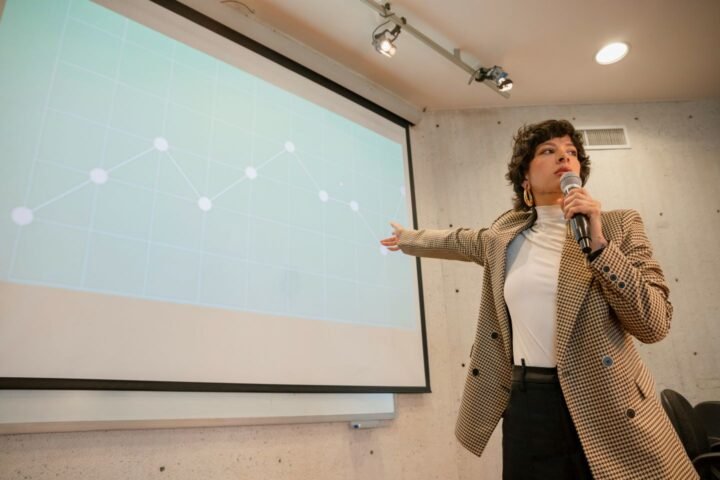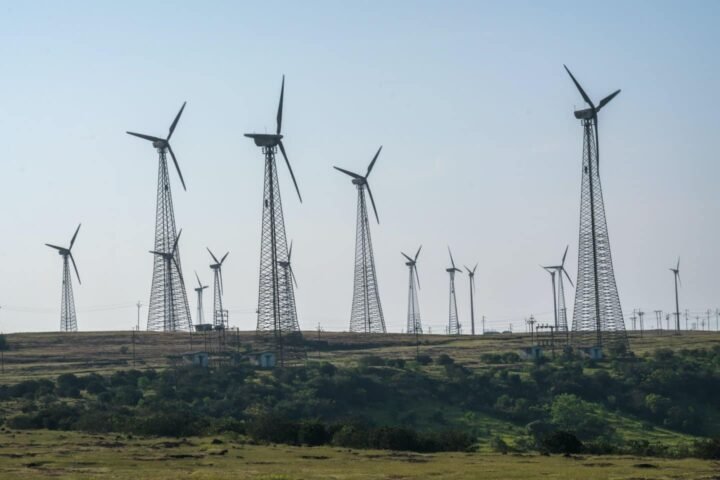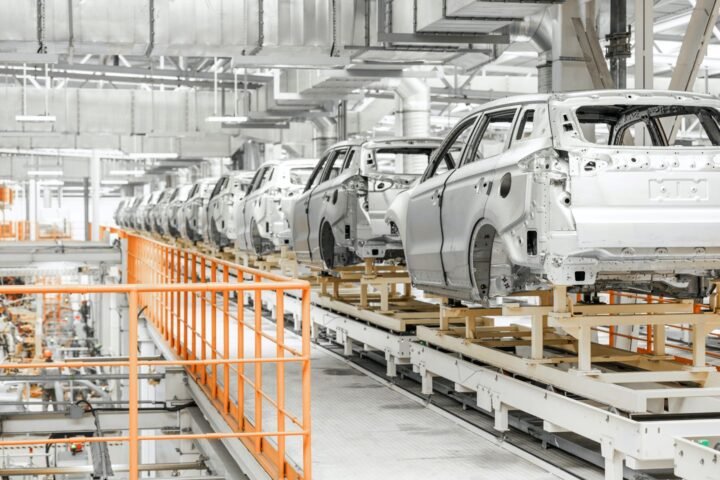Introduction
While Wall Street reports record-breaking profits in the second quarter of 2025, a disquieting question echoes through the corridors of institutional investment: is corporate America genuinely earning more, or are we witnessing a dangerous illusion of profit, crafted from financial engineering, share buybacks, and a mountain of new debt? Against a backdrop of slowing real demand and rising debt-servicing costs, the headline numbers appear increasingly unsustainable.
The Anatomy of an Illusion
According to data from FactSet, over 73% of S&P 500 companies in Q2 2025 reported earnings above analyst forecasts. A triumph, on the surface. But a deeper look reveals a troubling divergence: while share buyback volume surged by 27% year-over-year, net profit before tax (EBT) for the same group of companies declined by 4.1%. Meanwhile, according to our new The Capital Index Corporate Debt Index (TCI-CDI), which tracks real debt load adjusted for the effect of buybacks, the median Net Debt/EBITDA ratio has reached 3.7x – its highest level in over a decade.
This disconnect is stark when broken down by sector. The Technology sector, for instance, posted an EPS growth of +4.3% YoY, fueled by a high buyback-to-EBITDA ratio of 0.71, all while maintaining a manageable 2.8x Net Debt/EBITDA. In stark contrast, the Financials sector presents a more concerning picture: despite a similarly high buyback ratio of 0.65, EPS actually fell by 1.1% as its leverage soared to a worrying 5.1x. The Consumer and Industrials sectors tell a similar story of contraction, with EPS declining by -0.8% and -2.9% respectively, even as they directed significant capital to buybacks.
The Engine of Debt: Buybacks as Camouflage
In a private conversation with The Capital Index last week, a managing partner at a leading New York-based PE fund, speaking on the condition of anonymity, put it bluntly:
“When the yield on T-bills exceeds the ROI of corporations, and they still burn cash on buybacks – that’s not a growth strategy, it’s accounting camouflage.”
This practice is widespread. Apple Inc. repurchased $18.7 billion in stock in Q2 2025 despite a 9% drop in free cash flow. Meta Platforms directed $8.6 billion to buybacks while its operating cash flow fell and its debt position grew.
This financial engineering is now under the regulatory microscope. In May 2025, the SEC initiated consultations on tightening buyback disclosure rules, while the FASB is discussing mandatory reporting on the impact of these operations on EPS.
A Future of Reckoning
If the 10-year U.S. Treasury yield remains above 3.75% through 2026, many public corporations will face a difficult choice: cut dividends, freeze buybacks, or restructure debt. This is particularly acute for companies rated ‘BBB’ – the edge of the investment-grade cliff – which now constitute over 53% of all IG issuers.
This leads The Capital Index to forecast, with a 65% probability, that we will see a wave of “stealth defaults” within the technology and consumer sectors as early as the first half of 2026, as these BBB-rated firms find themselves unable to refinance the debt taken on to fund the buybacks of 2024-2025.
Conclusion
Behind the facade of a “golden quarter” lies a disturbing picture. For the investor of 2025, the key metric is no longer a manipulated EPS figure, but the fundamental health of a company’s balance sheet, measured by its debt service coverage ratio (DSCR) and free cash flow. The market may choose to ignore these imbalances for a time, but the next correction will be not technical, but systemic.
As I’ve said before: “Behind every earnings figure is a risk structure. And if you don’t see it, it means someone is doing their job better than you are.”









